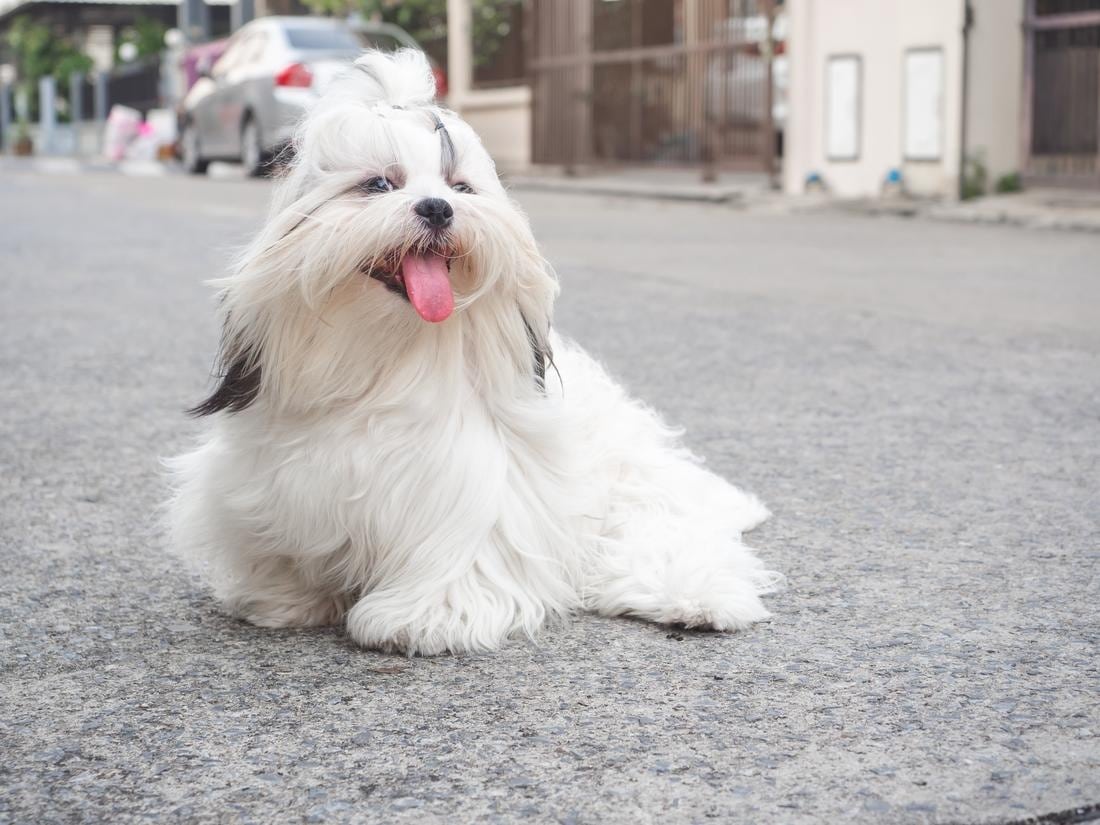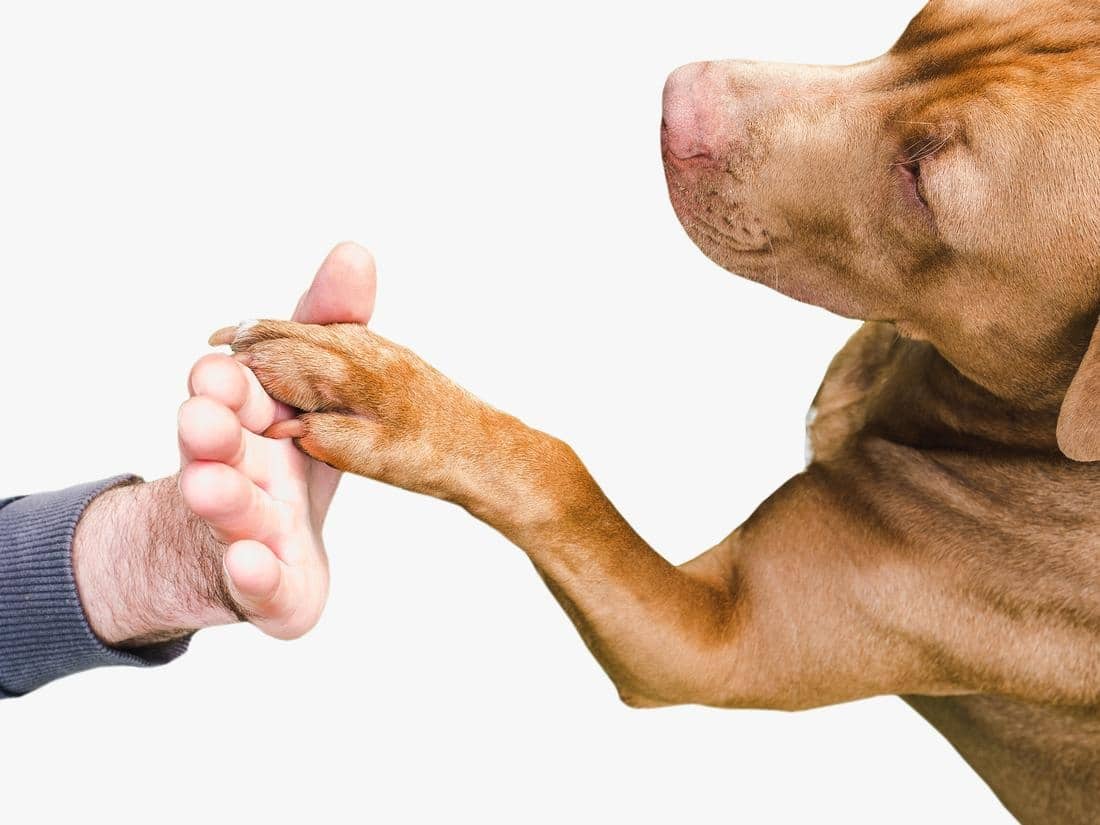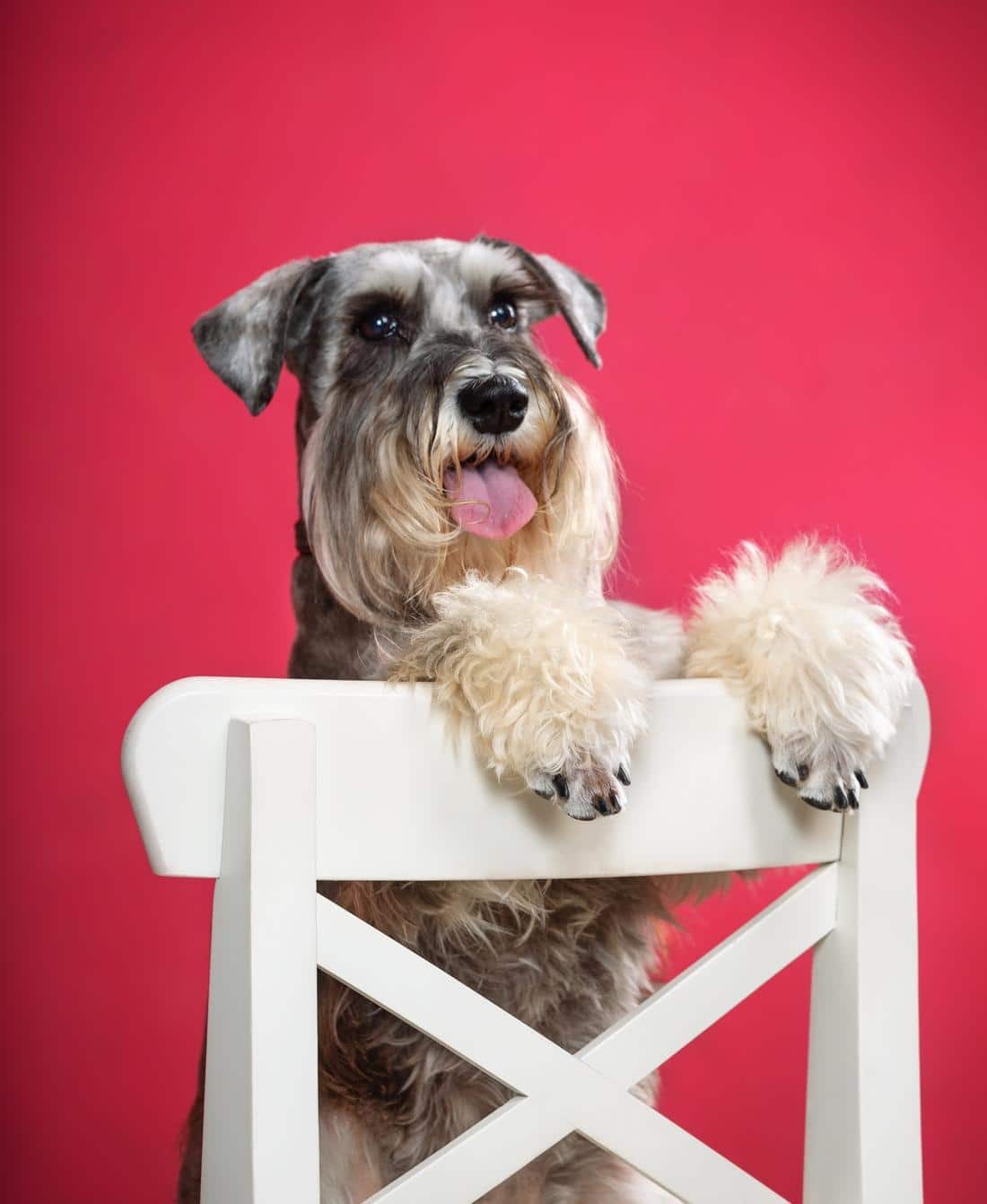Paw problems in dogs may be unseen by pet owners, but these conditions can cause significant discomfort for our canine companions if left untreated. Paws are relatively tough, but it’s excruciating when they do have difficulties.
To avoid paw issues like broken nails, pad burns, and frostbite, pet parents must learn to protect their dog’s paws all year. Here are some simple pointers from veterinary professionals.

Check Your Dog’s Paws regularly.
If you make inspecting your dog’s paws a regular habit, you’ll be able to spot any paw problems early. Red skin might signify the beginning of an illness.
Even if your dog is performing normally, take the time to look. Dogs will run and run until they are weary, and their paw pads will bear the brunt of the punishment. It’s all it takes to look at them and know they’re OK.
Maintain Nail Trimming
The frequency with which a dog’s nails should be cut varies by breed and lifestyle, but you should be aware of it.
The longer the toenails, the simpler they are to break and tear off, which can lead to infection, aside from being exceedingly painful.
However, some dogs’ nails are naturally filed down; thus, they don’t need to be clipped as frequently: It serves as an automated nail file when dogs walk a lot on the pavement.
It’s essential to keep a watch on the dewclaw, the nail higher on the thigh that doesn’t touch the ground and can quickly become overgrown.
In Cold Weather, Keep an Eye on the Clock
Dogs, like people, should not spend too much time outside in the cold. Frostbite may harm a dog’s paws and other portions of his body. Fortunately, it shouldn’t be an issue if you keep an eye on the clock.
Cold temperatures are typically acceptable for dogs as long as they are only running around in the snow for a short time.
Consider wearing boots or applying foot wax.
Even though a dog’s paws are more suited to cold and snow than human feet, it might still benefit from protection.
If you’re going to take your dog out in the snow, the best thing you can do is put snow boots on them, preferably with some grip on the soles, so they don’t slip. Dog boots will protect your dog’s paws from the elements such as cold, ice, and salt.
If your dog doesn’t like boots, foot wax is another alternative, although it can be more difficult because wax fades off and may be applied incorrectly. Then, in the winter, wipe off your paws.
A dog’s paws can be damaged by ice, snow, salt, and other pollutants. So when they come inside, be careful to clean their paws. It is critical to remove all of the salt, ice, and grime.
Keep an eye out for ice patches.
Your dog may like playing outside in the winter, but her enthusiasm might result in discomfort if you’re not careful. Dogs, like people, may slip and fall. The sharp edges of ice can harm a dog’s paws.

Hot Asphalt Should Be Avoided
Summer frequently means more time outside for dogs, but there are several paw hazards when the temperature increases. Asphalt surfaces, for example, may absorb a lot of sunlight (and heat). As a result, their paw pads will suffer if it’s too hot for you to go barefoot. So when it’s hot outside, it’s best to avoid walking dogs on asphalt.
Pad burns can cause burning, tissue loss, and acute agony in dogs who tread on hot surfaces. Even if you’re cautious, dogs may spend too much time on hot surfaces, so examine their paws for burns. Limping, licking the paw, a discolored pad, and bleeding are all symptoms of pad burns.
Take walks when the weather is cooler.
The summer heat may indicate that it’s time to rethink your typical walking schedule to make it the most enjoyable for your dog and you. It is advised to stroll in the morning or evening, keep walks brief, drink plenty of water, and complement indoor fun.

Paw Touching Can Help Your Dog Feel More At Home
Many dogs dislike having their paws touched. Dogs irritated by their paws touched might cause issues while grooming or if a paw injury occurs. However, you may avoid these issues if you have a puppy.
People should get their puppies acclimated to having their feet messed with and their nails cut as soon as they obtain them.
If we can get pups adjusted to it as soon as possible, it will make everyone’s life and experiences a lot less stressful when they grow up.
Take Caution When Using Floor Cleaners
Some floor cleaners include harsh chemicals that are harmful to your dog’s paws.
Your dog’s skin will absorb the chemicals straight off the floor, but they will also have wet paws and will want to lick those things off, ingesting more of the toxins.

Examine Paws Following Walks
Hiking is a fun warm-weather sport, but it may also be perilous due to rocky terrain and unexpected items. It would be on the lookout for what your dog is walking on, but that’s not always enough.
Simply observing where they’re walking can help, but they can also step on glass or other objects that can lacerate their paw pads or the paws themselves.
While on a stroll, dogs might have thorns, burs, or sharp items caught in their paws. If the object is severely attached, your dog may need to be sedated for safe removal.
If your dog’s paws begin to bleed, the first approach is to apply pressure to help stop the bleeding while arranging for veterinary assistance.
